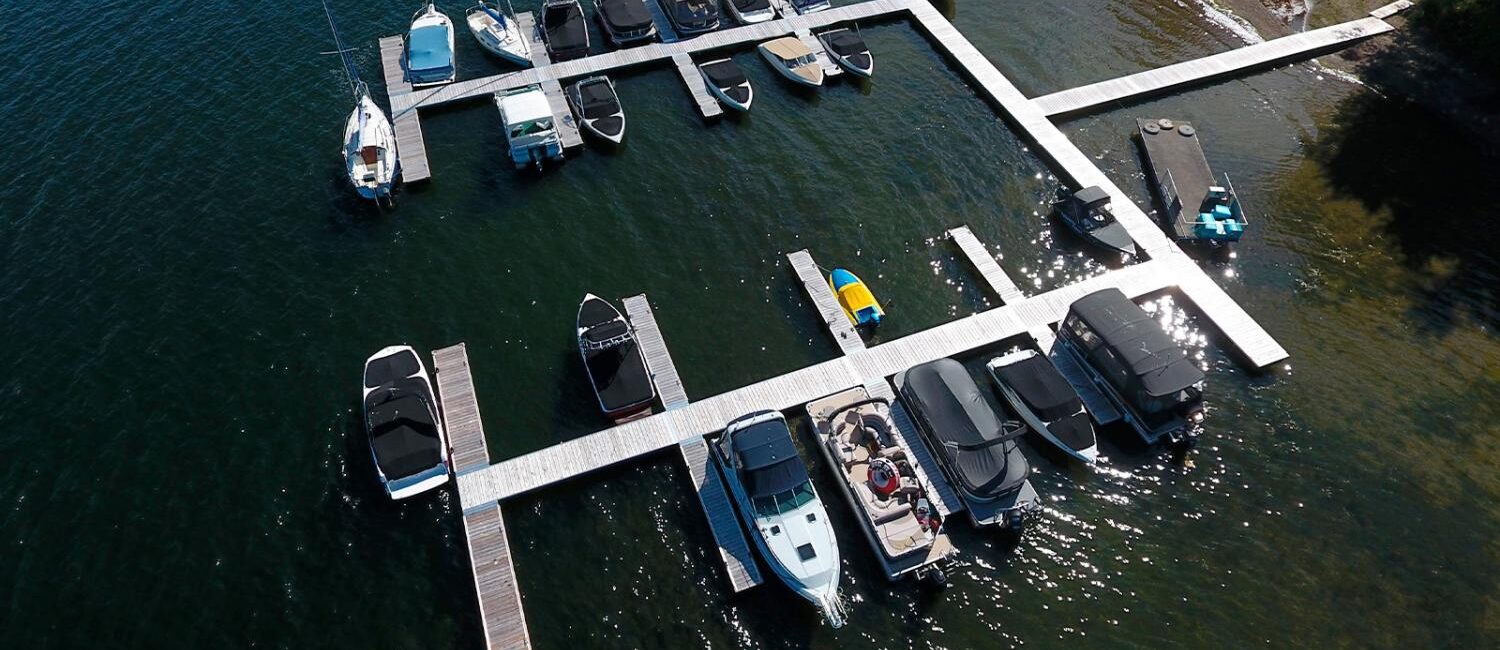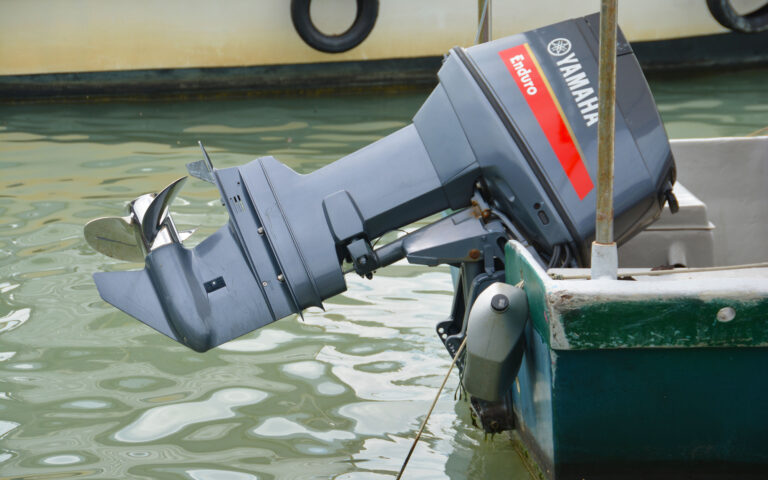
2-stroke vs 4-stroke engines
Impact of 2-stroke vs 4-stroke engines

Difference between 2-stroke and 4-stroke engines
For the 2-stroke engine, oil, air, and fuel are mixed. (One filler)
In the case of the 4-stroke engine, there are two fillers. (Separate fuel and oil)
(To determine whether a machine is running a 2-stroke or 4-stroke engine, simply check the number and type of filler ports. These correspond to where you add oil or fuel. If it has only one, then it’s a 2-stroke engine. If it has 2, then it’s a 4-stroke engine).
Environmental impact of a 2-stroke vs 4 stroke engine
Emissions from two-stroke engines in water have been found to be much more toxic than those of four-stroke engines of equal power.
The toxicity of water polluted by a four-stroke engine and a two-stroke engine with a catalyst was negligible after a period of 14 days, while the toxicity of of water contaminated by a two-stroke engine persisted for more than 14 days.
In conclusion, Four-stroke engines are more efficient due to less demand for fuel. Fuel is consumed once every four strokes versus two. Four-stroke engines are better for the environment due to reduced emissions. A two-stroke engine releases burnt oil into the air in addition to the exhaust produced.
Préservation Lac-Tremblant-Nord
454, chemin de Lac-Tremblant-Nord
Mont-Tremblant, QC
Canada J8E 1A5
Phone: (819) 425-2181
Email: secretaire@preservationltn.ca
